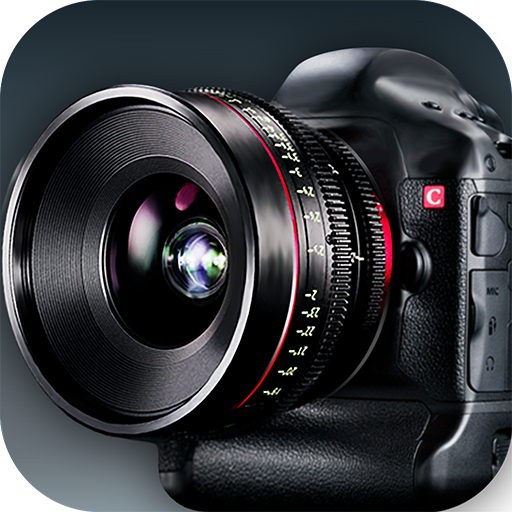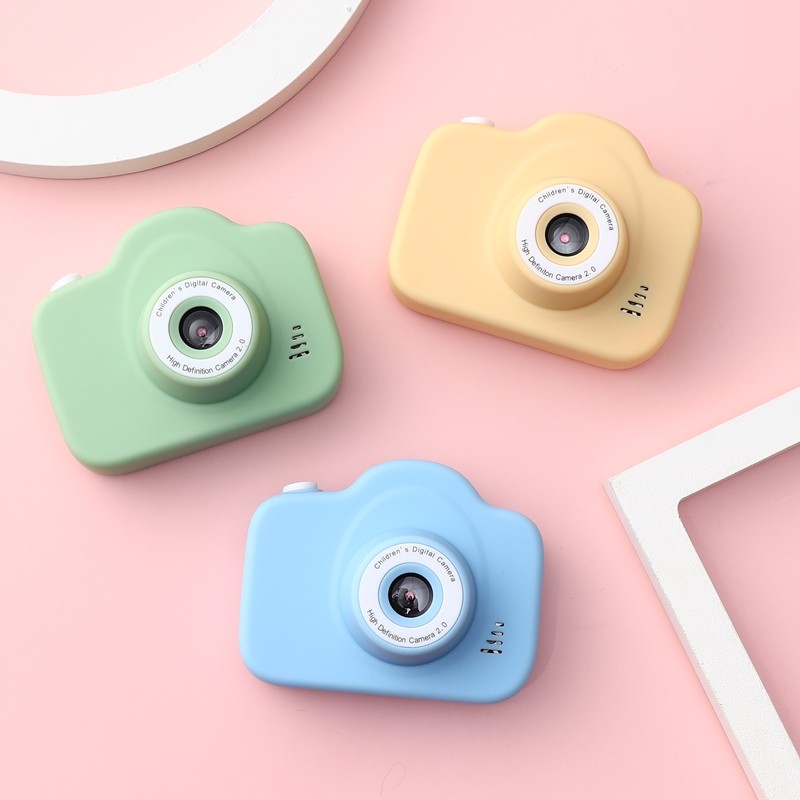In an era where technology is advancing at a breakneck pace, the mirror front camera represents a significant innovation in the world of smartphones and mobile photography. This term often refers to a unique camera feature that combines the functionality of a mirror with the high-resolution technology of a front-facing camera. It’s designed to enhance the selfie experience by providing users with a clearer and more precise image of themselves. In this article, we’ll delve into what a mirror front camera is, how it functions, the advantages it offers, and potential applications in the future of personal electronics.
Understanding the Mirror Front Camera Mechanism
Fundamentals of the Mirror Front Camera
A mirror front camera typically refers to a front-facing camera with a reflective surface that functions similarly to a mirror when not in use. This technology often involves a secondary display or a special reflective coating that turns the camera area into a mirror when the camera is off. Once activated, the camera can see through the reflective material or the secondary display turns off, allowing for the capture of photos and videos.
Technical Considerations and Design
The implementation of a mirror front camera can vary between devices. Some designs utilize a traditional camera behind a two-way mirror, while others employ an under-display camera that is hidden when not in use, providing a seamless look. The latter involves sophisticated technology that allows the screen pixels above the camera to turn off and become transparent, enabling the camera to function without interference from the display.

Advantages of Using a Mirror Front Camera
Enhanced Selfie Experience
One of the primary benefits of a mirror front camera is the improved selfie experience it offers. Users can see themselves in the mirror before taking the picture, allowing for more accurate positioning and framing. This can be particularly useful in environments where the screen’s visibility is compromised due to bright light or when trying to capture a group selfie without leaving anyone out of the shot.
Streamlined Aesthetics and Functionality
In addition to improving the user experience, the mirror front camera contributes to the sleek and uninterrupted design of modern smartphones. By hiding the camera when not in use, manufacturers can provide a more expansive display area without a visible notch or punch-hole for the camera. This design choice enhances the overall aesthetic appeal and allows for a more immersive viewing experience.

Challenges and Considerations in Development
Balancing Mirror Quality with Camera Performance
Creating a mirror front camera involves a delicate balance between the quality of the mirror and the performance of the camera. The reflective surface must be effective enough to serve as a mirror while not compromising the camera’s ability to capture high-quality images. This can involve complex material science and engineering to achieve the best of both worlds.
Overcoming Technical Hurdles
Several technical hurdles must be overcome when developing a mirror front camera, such as ensuring sufficient light reaches the camera sensor through the reflective surface. There can also be challenges related to touch sensitivity and display uniformity when integrating a camera beneath the screen. Manufacturers must address these issues to create a seamless and functional user experience.

The Future of Mirror Front Cameras in Technology
Potential Applications and Innovations
The mirror front camera has the potential to extend beyond smartphones, finding applications in other personal electronic devices like tablets and laptops. As technology progresses, we may see this feature integrated into smart home devices, providing both aesthetic and functional enhancements. Innovations could include improved mirror coatings, enhanced under-display camera technology, and even integration with augmented reality (AR) applications.
Implications for Design and User Interaction
As mirror front cameras become more commonplace, they are likely to influence the design language of personal electronics and how users interact with their devices. This technology represents a step towards more intuitive and user-focused design, where form and function coexist without compromise. The mirror front camera is just one example of how technological advancements can reshape our relationship with the devices we use every day.

Evolving Photographic Technology in Personal Devices
The Progression of Selfie Camera Innovations
Over the past decade, the selfie camera has evolved from a mere novelty to a crucial feature in personal devices, driving manufacturers to innovate continuously. The evolution began with simple front-facing cameras with modest resolutions and has now reached sophisticated levels with mirror front cameras that provide a dual-purpose functionality. As users demand higher-quality selfies and sleeker device designs, the pressure mounts on technology companies to create cameras that are not only powerful but also aesthetically pleasing. The mirror front camera is a testament to this progression, fulfilling the desire for a camera that blends invisibly into the device’s facade while delivering superior image quality.
Addressing the Demand for Discreet Technology
In a world where minimalism and elegance are highly valued in device design, the mirror front camera addresses the demand for technology that is discreet yet effective. Users no longer have to accept a trade-off between functionality and design; they can enjoy a full-screen experience without a visible camera interrupting the display. The transition from visible selfie cameras to the mirror front camera also reflects a broader trend in consumer electronics: the pursuit of technology that integrates seamlessly into our lives and physical spaces.

User Experience and the Role of Mirror Front Cameras
Improving User Interaction with Smart Devices
The mirror front camera is not just a step up in the realm of photographic technology; it also paves the way for more intuitive user interactions. The integration of this technology can help to declutter the device interface, allowing users to navigate their devices with greater ease and fewer visual distractions. As user experience (UX) becomes a primary focus for product development, features like the mirror front camera that enhance both form and function are invaluable. Moreover, this advancement could lead to new gestures and interaction models, as designers explore the possibilities of a full-screen interface without the hindrance of a camera cutout.
Personalization and Customization Opportunities
The adoption of mirror front cameras could offer fresh opportunities for personalization and customization. For instance, the reflective surface could be leveraged for personalized engravings or notifications, adding a new dimension to the device’s interactivity. Additionally, as users become more conscious of privacy, the ability to “hide” the camera when not in use could be a reassuring feature. This would also open avenues for software developers to create applications that make use of the mirror for various purposes, from augmented reality makeup applications to real-time fashion fittings.
The mirror front camera is a fascinating technological development that merges aesthetics with photographic functionality. By providing users with a reflective surface for better selfie preparation and enhancing the visual design of devices, it offers a glimpse into the future of personal electronics. While addressing challenges to balance mirror effectiveness with camera quality, the exciting potential applications and influence on design become apparent. As technology continues to evolve, mirror front cameras may become a standard feature, changing the way we think about and interact with the cameras on our devices.